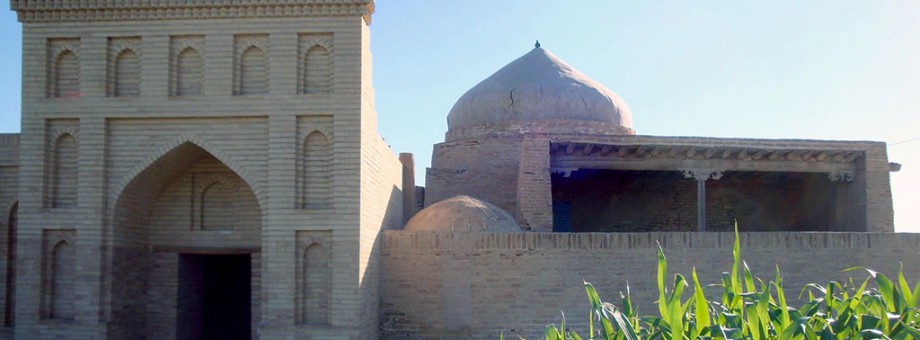The name of the medieval scholar Sheikh Ibn Hajib is associates with one of the monuments of Kunyaurgench

The ancient Turkmen cities along the Great Silk Road are rich at historical and cultural monuments. Only in the Dashoguz region at the western gates of the former capital of the Turkmen state of Horezmshah to the present day are well known outside the country mausoleums Tekesh and Il-Arslan, Turabek-Hanum, Sultan Ali, Piryar Veli, minaret Kutlug Timur, and other pearls of national architecture. Now it is a part of the State Historical and Cultural Reserve "Kunyaurgench" and included in the UNESCO World Heritage List. It attracts great attention of tourists and pilgrims from all over the world not only with its historical value, but also with a halo of spirituality and beautiful legends explaining its origin.
In the middle Ages, along the Great Silk Road, the city of Gurganj was one of the centers of science and culture recognized in the East. The activities of many well-known thinkers and poets, mathematicians and astronomers, Sufis and theologians, who made a significant contribution to the scientific and spiritual treasury of humanity was connected with this city. The name of Sheikh Ibn Hadjib is associated with the architectural complex of the XIV-XVI centuries, which according to legend, already in his youth possessed great knowledge in various fields of science, which allowed him to become the main teacher of the supreme madrassa of Urgench.
The monument is a two-chamber mausoleum with connected to it summer mosque and a midrise. It is located at some distance from the rest of the architectural pearls of the ancient settlement. Its high portal is lined with burnt brushed brick in a typical style for this region. Inside the mausoleum, there are gurhana (burial vault) and ziyarathana (memorial hall). The rest of the complex's buildings, including a summer mosque with an open courtyard and hujra madrasah, were erected later, at different times. In Gurhan there is a tomb belonging to the 14th century with an Arabic inscription.
Today, a monument of architecture, especially respected by pilgrims, is guarded and maintained in proper condition by the staff of the state historical and cultural reserve "Kunyaurgench", which staged conducts the work on the reconstruction and strengthening of certain buildings.


 NEWS
NEWS